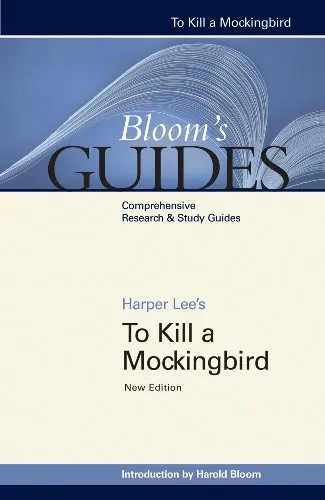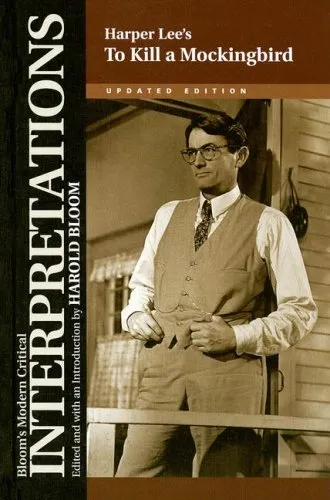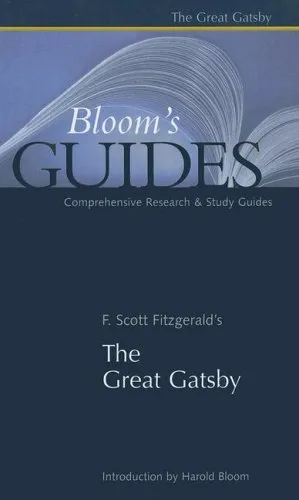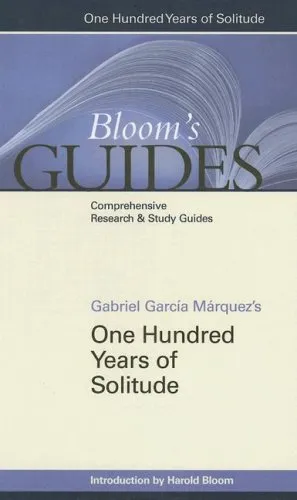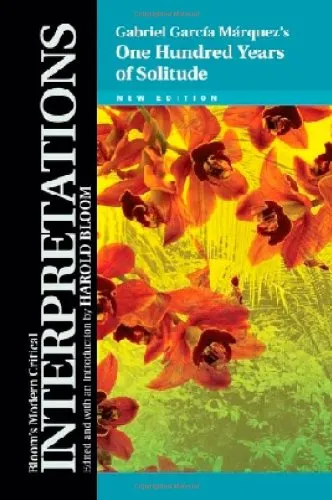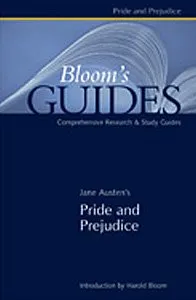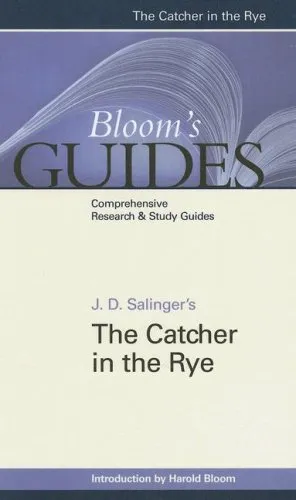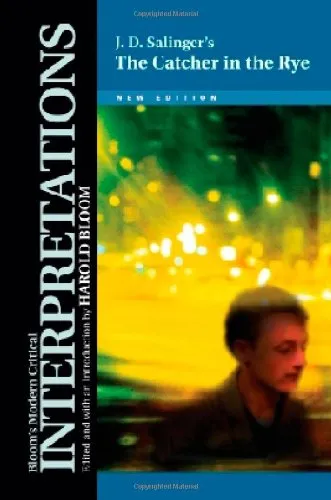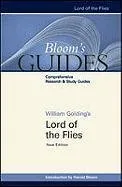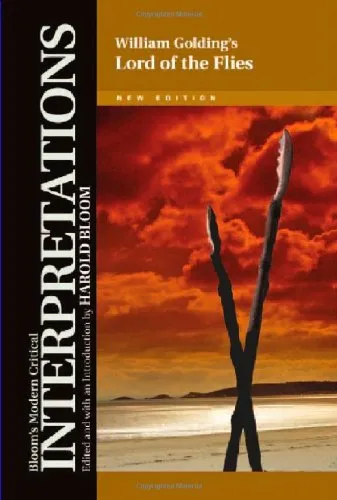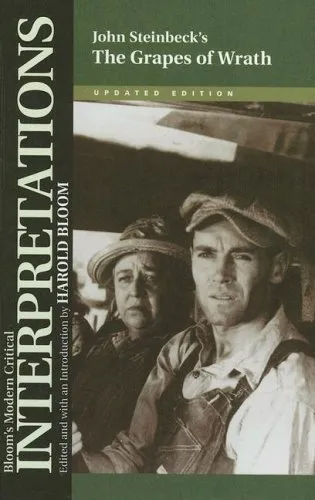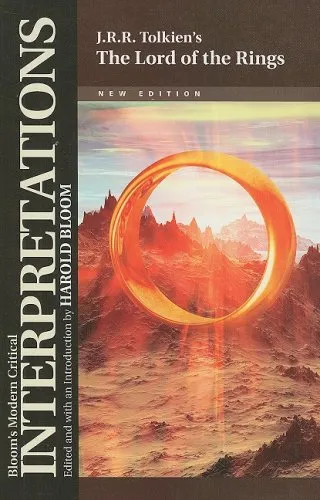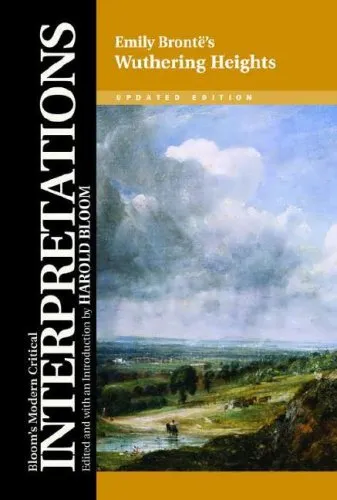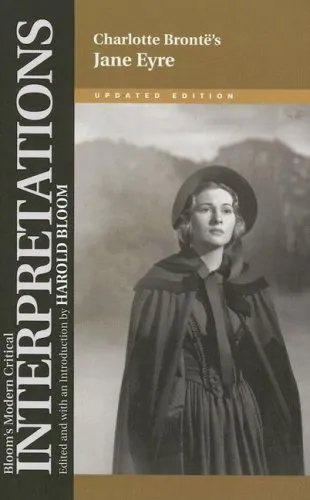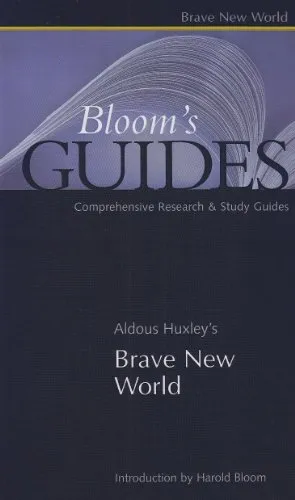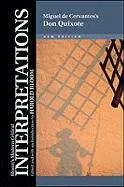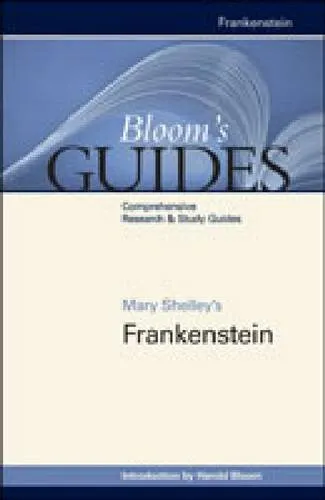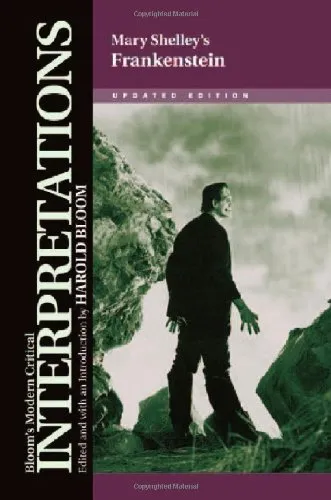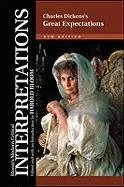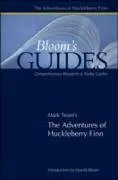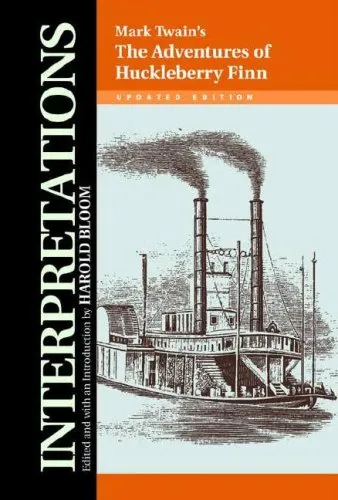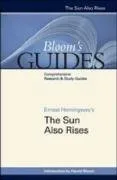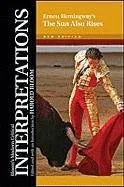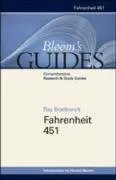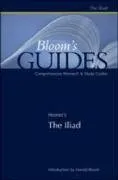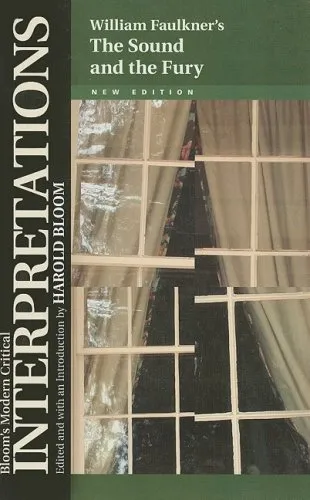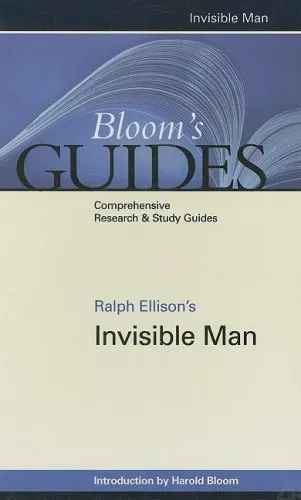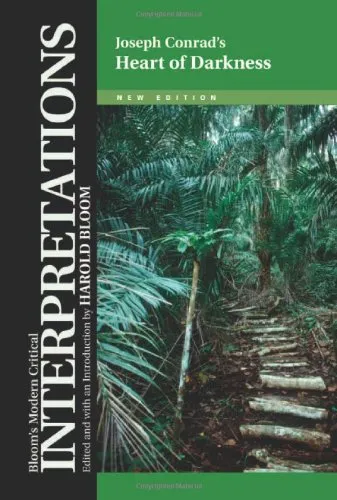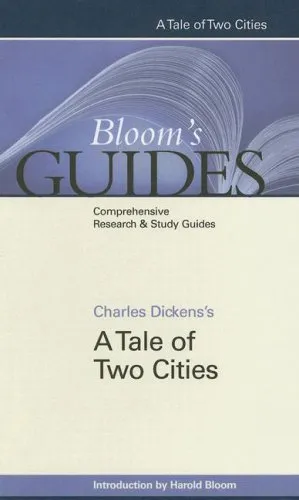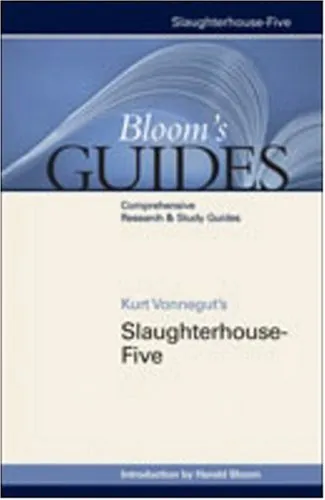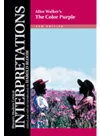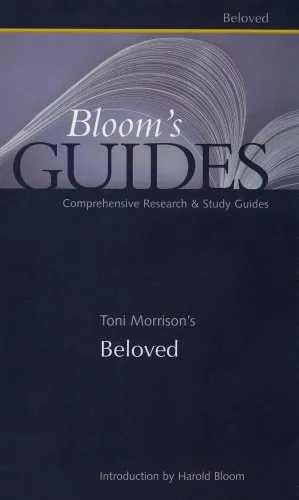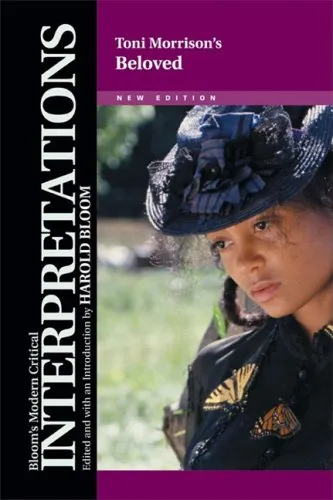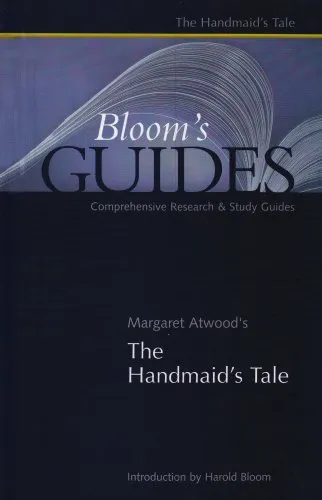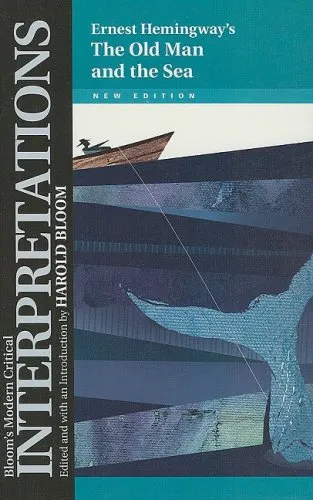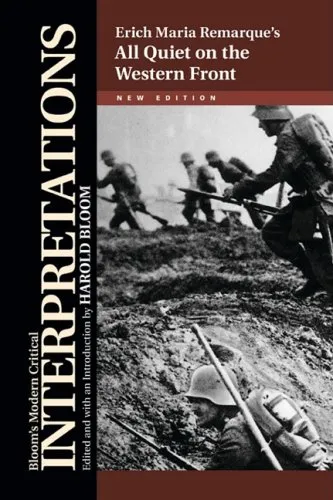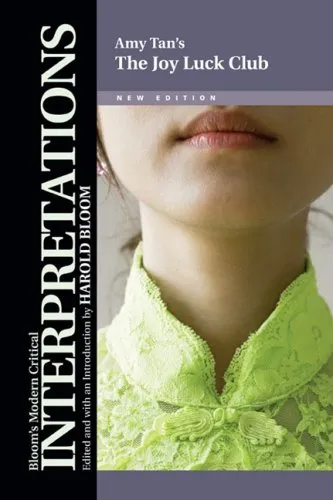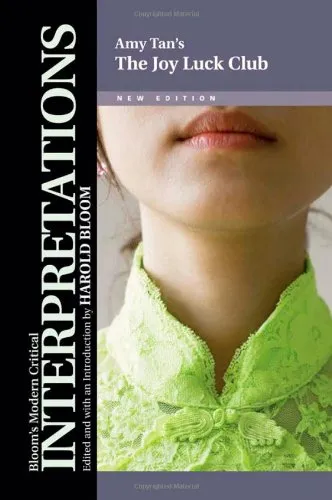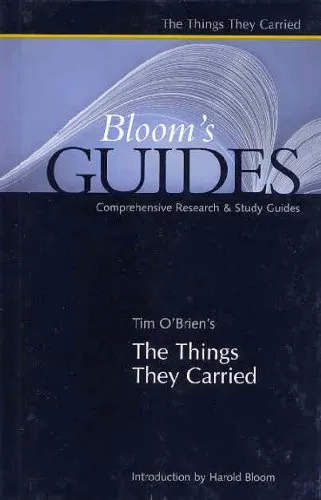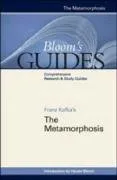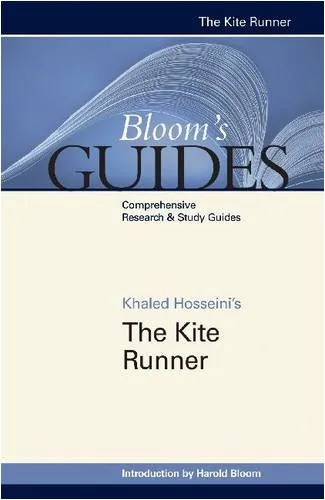Harper Lee's To kill a mockingbird (Bloom's Guides)
5.0
Reviews from our users

You Can Ask your questions from this book's AI after Login
Each download or ask from book AI costs 2 points. To earn more free points, please visit the Points Guide Page and complete some valuable actions.Related Refrences:
Persian Summary
Introduction to Harper Lee's "To Kill a Mockingbird" (Bloom's Guides)
Written by the esteemed scholar Harold Bloom, the guidebook to Harper Lee's "To Kill a Mockingbird" serves as a comprehensive companion for both students and literary enthusiasts. This guide delves into the profound themes, historical context, and enduring legacy of Lee's seminal work. The guide provides readers with the critical tools to analyze and appreciate the depth of the novel.
Detailed Summary of the Book
"To Kill a Mockingbird," published in 1960, takes place in the fictional town of Maycomb, Alabama during the Great Depression. The narrative follows Jean Louise "Scout" Finch, a young girl, whose father, Atticus Finch, is an upright lawyer defending a black man, Tom Robinson, accused of raping a white woman, Mayella Ewell. Through Scout’s eyes, the novel explores themes of racial injustice, moral growth, and compassion. Atticus, as a moral beacon, upholds justice and integrity in the face of Maycomb’s prevailing racism and social stratification. Scout, with her brother Jem and friend Dill, uncovers the complexities of human nature and prejudices through various interwoven stories, including the mysterious character Boo Radley. Lee expertly builds tension and empathy, leading to a climactic court trial and its harrowing aftermath.
Key Takeaways
- Exploration of Racial Prejudice: The novel lays bare the racial divides and systemic injustices prevalent in the South, using personal narratives to highlight the human cost of bigotry.
- Moral Growth and Integrity: "To Kill a Mockingbird" underscores the importance of standing by one’s principles. Atticus Finch’s unwavering stand in defense of Tom Robinson shapes the moral framework of the narrative.
- Childhood and Empathy: Through the innocent perspectives of Scout and Jem, Harper Lee imparts lessons on empathy and understanding, encouraging readers to see the world from others' points of view.
Famous Quotes from the Book
"You never really understand a person until you consider things from his point of view... Until you climb inside of his skin and walk around in it."
"The one thing that doesn’t abide by majority rule is a person’s conscience."
"People generally see what they look for, and hear what they listen for."
Why This Book Matters
Harper Lee's "To Kill a Mockingbird" remains a critical touchstone in American literature for its unflinching examination of human morality and justice. Its publication was a watershed moment, capturing the zeitgeist of the Civil Rights Movement era while speaking universal truths about human behavior and societal norms. The novel’s influence persists in educational curricula worldwide, urging new generations to confront racial prejudices and moral dilemmas. Through its rich characterizations and profound philosophical insights, Lee’s work continues to inspire dialogue and reflection about equity, the rule of law, and empathy. Bloom's Guide amplifies these discussions, offering deeper insights and fostering a comprehensive understanding of why "To Kill a Mockingbird" is essential reading for thoughtful engagement with issues of race and morality.
Free Direct Download
You Can Download this book after Login
Accessing books through legal platforms and public libraries not only supports the rights of authors and publishers but also contributes to the sustainability of reading culture. Before downloading, please take a moment to consider these options.
Find this book on other platforms:
WorldCat helps you find books in libraries worldwide.
See ratings, reviews, and discussions on Goodreads.
Find and buy rare or used books on AbeBooks.
1708
بازدید5.0
امتیاز1
نظر98%
رضایتReviews:
5.0
Based on 1 users review
hussain.hade12345
Jan. 23, 2025, 2:39 a.m.
Wonderful
Questions & Answers
Ask questions about this book or help others by answering
No questions yet. Be the first to ask!
